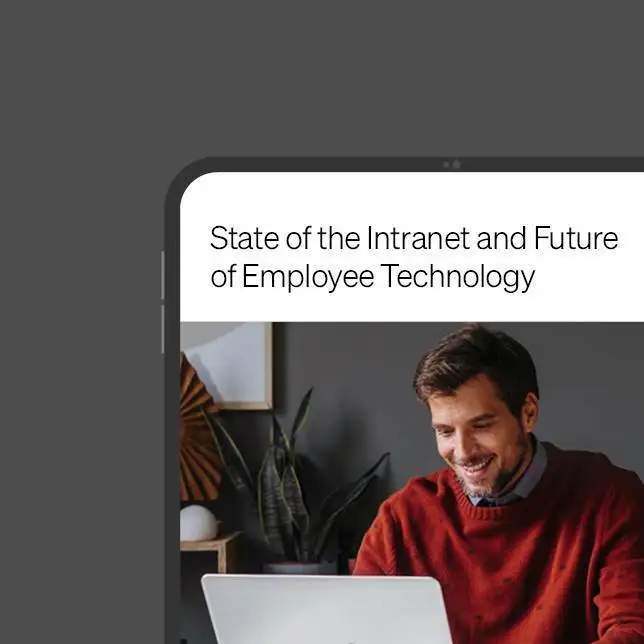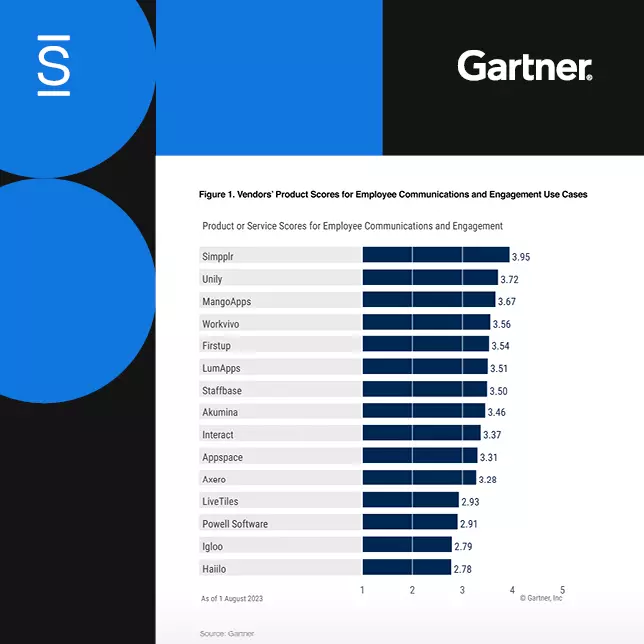Employee leadership development is a topic of discussion for organizations worldwide as they look for ways to increase efficiencies and retain top talent. Betsy Leatherman, Global President of Consulting Services at Leadership Circle, calls this cultural shift the “democratization of leadership.” In a recent interview, we discussed the many benefits of employee leadership development and strategies for empowering employees to become great leaders.
To learn more, read on for key takeaways and listen to the full podcast!
Shifting the perspective on leadership development
Betsy believes that “everyone should have the opportunity to develop and be developed,” which is a fundamental shift in the way traditional organizations approach employee leadership development. Typically, management handpicks the employees they want to groom for leadership roles — offering training, mentorship and other skill developments to those select few.
But that’s not the way it has to be. Betsy says:
- Anyone can be a great leader: “Every person has the capacity and capability to be a great leader.” When organizations cherrypick employees to develop, they risk overlooking potentially great leaders.
- It’s the company’s responsibility: It’s easy to place the onus of personal development on the person, but it’s the organization’s responsibility to identify areas of growth and provide the resources necessary for successful employee leadership development — because it ultimately comes back to benefit the company.
- Development is ongoing: Leadership development doesn’t have a finish line — it’s an ongoing and ever-changing pursuit to grow one’s “skill set, mindset and toolset” throughout their career.
A rising tide lifts all boats
One of the more interesting takeaways from our talk with Betsy was this notion of a rising tide lifting all boats — which in the context of employee leadership development equates to the wide-reaching organizational benefits that come from an inclusive approach to developing future leaders.
Fostering an organizational culture of growth and development lays the groundwork for a more productive, innovative and collaborative environment.
A 2022 study by TalentLMS and SHRM found that 85% of HR leaders believe that training and development positively influence organizational growth. In other words, companies have a hard incentive to develop all their employees — a sentiment that Betsy shared throughout the interview.
The qualities of a successful leader
As the Global President of Consulting Services at Leadership Circle, Betsy has access to the largest database on leadership behavior in the world. In our interview, we unpacked several insights from that data — including the five main factors that make up great leaders.
One of these factors, and what Betsy called the most important, is the ability to foster and nurture relationships. She described this leadership trait using a few examples, showcasing the versatility of navigating relationships as a leader.
From empathy and fostering team play to collaborating and mentoring others, this quality centers on a leader’s interpersonal relationship with others — not specifically how that relationship must look. This is interesting because great leaders don’t necessarily look the exact same or share a specific temperament, but they do seem to find ways to build strong relationships with others.
Explore the importance of inclusive leadership and how to get it right
Tying employee leadership development to organizational goals
“The leadership development agenda needs to tie into the strategic agenda,” Betsy stressed. This idea underscores the importance of aligning leadership development with your organization’s overarching goals and objectives.
As leaders grow, so should the business.
Some key takeaways on employee leadership development’s role within an organization’s strategic direction include:
Make sure it aligns with broader goals: The connection between leadership development and organizational goals and objectives should be clear and obvious.
Middle managers bridge the strategic gap: “The rubber meets the road at the middle manager” because they’re the leaders between the frontline employees and upper management, Betsy said. If middle managers are not echoing the same leadership skills as upper management, it can breed distrust.
Give the responsibility of leadership development to the right people: Betsy believes that an organization’s current leaders are best positioned to grow new leaders. What about HR? Employee leadership development is “a great function for HR to hold as long as they have the training development and support to do that,” Betsy said.
Subscribe to keep learning
Connect with Betsy on LinkedIn or X (formerly Twitter) and listen to the full podcast to learn more about the topics above and other interesting perspectives on leadership development and the role of Leadership Circle. And subscribe to the Cohesion Podcast to hear from other internal comms, HR and IT professionals, providing structured, high-value, quick-hitting strategies and tactics.














